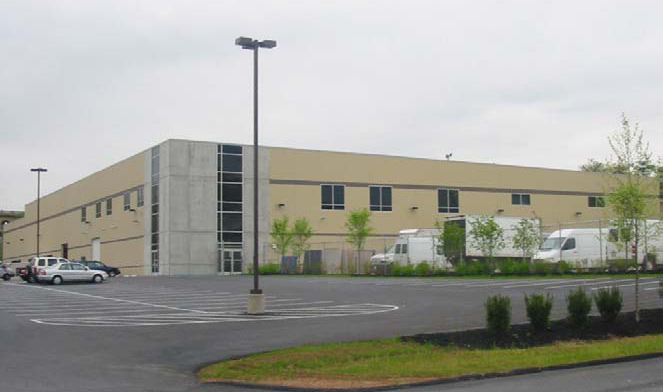Media
How the EPA’s Brownfield Rules will Hurt Pennsylvania’s Economy
 |
| Former Brownfield Site in Allentown, PA |
The Environment Protection Agency (EPA) has proposed premature dioxin* remediation goals that could threaten urban revitalization of brownfields.
Brownfields are sites that have been previously developed, but are now abandoned, and can’t be redeveloped because of real or perceived environmental contamination. Great efforts have been implemented in communities to clean up these sites. For example, three brownfields in Allentown were successfully repaired, creating 650 jobs during redevelopment, and 260 jobs afterwards. Allentown brownfields generate annually between $150,000 to $250,000 in tax revenue.
But these renovations and others across the state are in limbo because of the EPA’s plan to reduce the dioxin standard in areas such as brownfields by 10 to 20 times previously excepted levels. It is uncertain what would happen to previously cleaned-up sites that don’t meet the new standards, and it will greatly reduce the possibility for future brownfield development.
The U.S. Conference of Mayors, Emhart Industries, Inc., American Chemistry Council, and many other organizations strongly oppose the EPA’s actions, because it did not use the best available science; provided no explanation as to why it cherry-picked certain studies; ignored the National Academy of Science’s previous recommendations; and failed to look at the potential negative implications.
Another objection is that EPA is not waiting until its Dioxin Reassessment is complete to release new dioxins goals. These dioxin remediation levels may be changed again when the final reassessment report is released, creating uncertainty for bankers and insurers of these sites.
*Dioxin is a chemical compound that is formed through combustion, often a byproduct of industrial processes a like trash incinerator. Exposure to unsafe doses of dioxin can cause health risk, and one form is linked to cancer.